Growing Sweet Corn in Containers might sound like a whimsical dream, especially if you’re short on space, but trust me, it’s absolutely achievable! Forget sprawling acres; we’re bringing the taste of summer right to your patio, balcony, or even your sunny windowsill. For centuries, corn has been a staple crop, deeply woven into the cultures of the Americas, providing sustenance and playing a vital role in traditions. Now, you can participate in this rich history, even in a small way, by cultivating your own sweet corn.
Have you ever bitten into a freshly picked ear of sweet corn, bursting with juicy, sugary goodness? It’s an experience that store-bought corn simply can’t replicate. But what if you don’t have a sprawling garden? That’s where the magic of container gardening comes in! This DIY guide will unlock the secrets to successfully growing sweet corn in containers, offering a step-by-step approach that’s perfect for beginners and seasoned gardeners alike.
In today’s world, where access to fresh, healthy produce can be a challenge, and where many of us are looking for ways to connect with nature, learning how to grow your own food, even in a small space, is more important than ever. Plus, there’s something incredibly satisfying about nurturing a plant from seed to harvest. So, let’s ditch the grocery store corn and embark on this exciting journey together! I’m here to guide you through every step, ensuring you have a bountiful harvest of delicious, homegrown sweet corn.
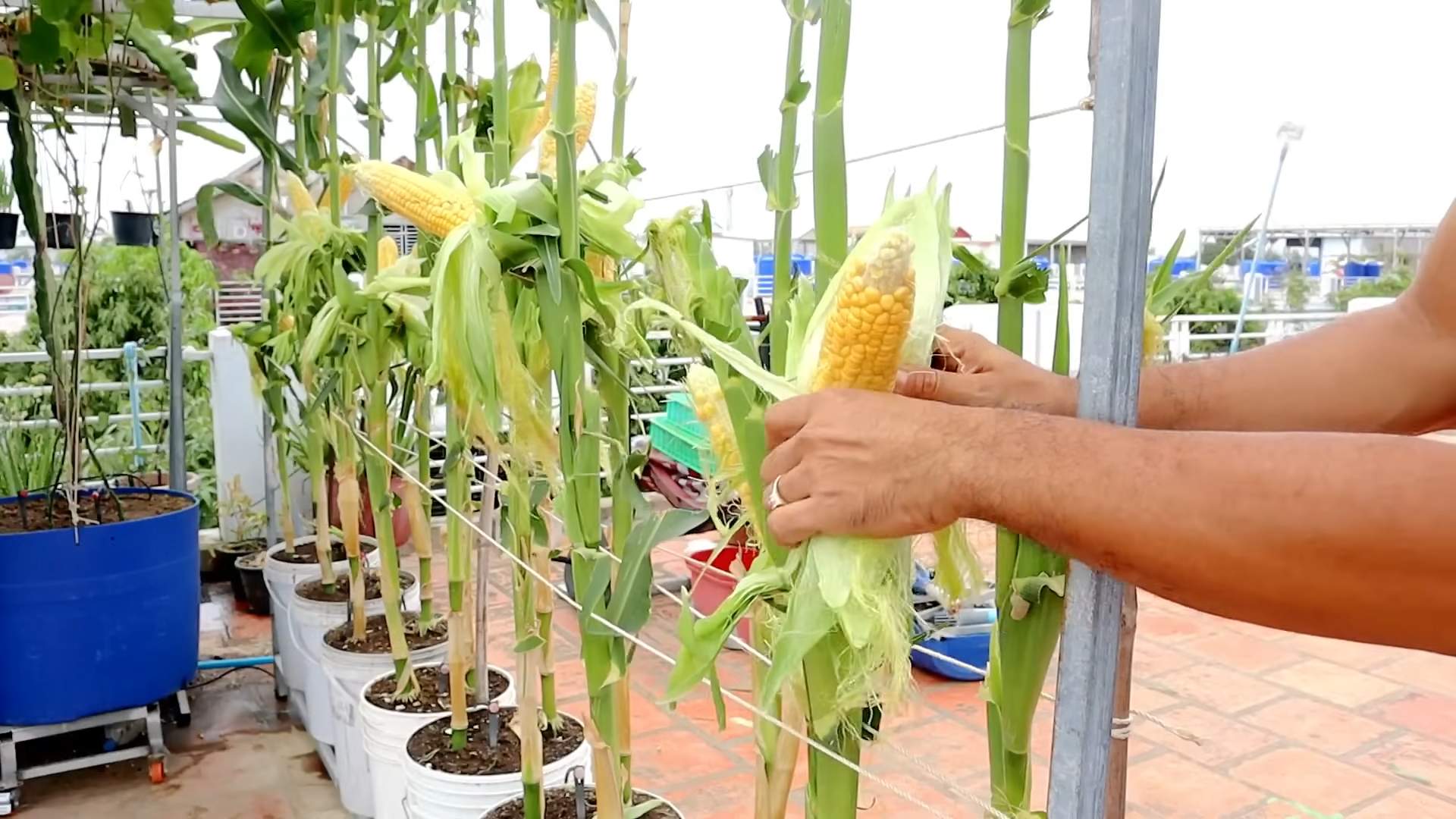
Growing Sweet Corn in Containers: A Sweet Success Story!
Hey there, fellow gardening enthusiasts! Ever dreamt of sinking your teeth into a juicy, homegrown ear of sweet corn, but thought you didn’t have the space? Well, I’m here to tell you that you absolutely CAN grow sweet corn, even if you’re limited to a balcony, patio, or small yard! Container gardening opens up a world of possibilities, and sweet corn is no exception. It might seem daunting, but trust me, with a little know-how and some elbow grease, you’ll be enjoying fresh, delicious corn on the cob in no time. Let’s dive in!
Choosing the Right Variety
Before we get our hands dirty, it’s crucial to pick the right sweet corn variety. Not all corn is created equal, especially when it comes to container gardening. We need to focus on varieties that are shorter and more compact.
* Consider “Dwarf” or “Short-Stalk” Varieties: These are specifically bred to be smaller, making them ideal for containers. Look for names like “On Deck,” “Golden Bantam,” or “Trinity.” These typically reach a height of 4-5 feet, which is much more manageable than the towering 8-foot giants you might see in a field.
* Days to Maturity: Pay attention to the “days to maturity” listed on the seed packet. Shorter maturity times mean you’ll be harvesting sooner, which is always a plus! Aim for varieties that mature in 70-80 days.
* Read Reviews: Before committing, check online reviews from other gardeners who have grown the variety in containers. Their experiences can provide valuable insights.
Preparing Your Containers
The right container is essential for success. Sweet corn is a heavy feeder and needs plenty of room for its roots to grow.
* Size Matters: Choose a large container, at least 12-18 inches in diameter and 12 inches deep. The bigger, the better! A half-barrel planter or a large, sturdy plastic container works well.
* Drainage is Key: Make sure your container has excellent drainage holes. Corn roots don’t like to sit in soggy soil. If your container doesn’t have enough drainage, drill a few extra holes in the bottom.
* Material Considerations: Plastic, terracotta, or even fabric grow bags can work. Plastic containers retain moisture better, which can be beneficial in hot climates. Terracotta pots are more breathable but may dry out faster. Fabric grow bags offer excellent drainage and aeration.
Planting Your Sweet Corn
Now for the fun part! Getting those seeds in the soil is where the magic begins.
1. Choose a Sunny Spot: Sweet corn needs at least 6-8 hours of direct sunlight per day. Pick a location that gets plenty of sunshine.
2. Prepare the Soil: Use a high-quality potting mix that’s well-draining and rich in organic matter. I like to amend my potting mix with compost or aged manure for extra nutrients. Avoid using garden soil, as it can become compacted in containers.
3. Sow the Seeds: Plant the seeds about 1-2 inches deep and 4-6 inches apart. I usually plant 4-5 seeds per container, then thin them out later if needed.
4. Water Thoroughly: After planting, water the soil gently but thoroughly. You want the soil to be moist but not waterlogged.
5. Ensure Pollination: Corn is wind-pollinated, so planting in a block rather than a single row helps with pollination. If you only have one container, you can hand-pollinate by gently shaking the tassels (the male flowers at the top of the plant) to release pollen onto the silks (the female flowers that emerge from the developing ears). You can also use a small paintbrush to transfer pollen from the tassels to the silks. Repeat this process every day for a week or so, especially on calm days.
Caring for Your Sweet Corn
Consistent care is crucial for a bountiful harvest.
1. Watering: Sweet corn needs consistent moisture, especially during hot weather. Water deeply whenever the top inch of soil feels dry to the touch. Avoid overhead watering, as this can lead to fungal diseases.
2. Fertilizing: Sweet corn is a heavy feeder, so regular fertilization is essential. Use a balanced fertilizer (e.g., 10-10-10) every 2-3 weeks. You can also use a liquid fertilizer, such as fish emulsion or seaweed extract, for a gentler feeding.
3. Support: As your corn plants grow taller, they may need support to prevent them from falling over, especially in windy conditions. You can use stakes or bamboo poles to support the stalks. Tie the stalks loosely to the supports with twine or plant ties.
4. Weed Control: Keep the container free of weeds, as they can compete with the corn for nutrients and water. Hand-pull any weeds that appear.
5. Pest and Disease Management: Keep an eye out for common corn pests, such as corn earworms and aphids. You can use insecticidal soap or neem oil to control these pests. Preventative measures, such as crop rotation and good sanitation, can help prevent diseases.
Harvesting Your Sweet Corn
The moment we’ve all been waiting for! Knowing when to harvest is key to getting that perfect, sweet flavor.
1. Check the Silks: The silks should be brown and dry. This is a good indication that the corn is ready to harvest.
2. Feel the Ear: Gently squeeze the ear of corn. It should feel plump and full.
3. Peel Back the Husk: Carefully peel back a small portion of the husk and puncture a kernel with your fingernail. If the liquid that comes out is milky, the corn is ready to harvest. If the liquid is clear, it needs more time. If it’s pasty, you’ve waited too long.
4. Harvest Carefully: To harvest, grasp the ear firmly and twist it downward. The ear should snap off easily from the stalk.
5. Enjoy Immediately: Sweet corn is best enjoyed fresh, so cook it as soon as possible after harvesting. You can boil it, grill it, roast it, or even eat it raw!
Troubleshooting Common Problems
Even with the best care, you might encounter some challenges along the way. Here are a few common problems and how to address them:
* Poor Pollination: If your corn ears are small and have missing kernels, it’s likely due to poor pollination. As mentioned earlier, hand-pollinating can help. Also, ensure your plants are getting enough sunlight and water.
* Stunted Growth: Stunted growth can be caused by a variety of factors, including nutrient deficiencies, pests, and diseases. Make sure you’re fertilizing regularly and check for any signs of pests or diseases.
* Yellowing Leaves: Yellowing leaves can indicate a nitrogen deficiency. Apply a nitrogen-rich fertilizer to correct the problem.
* Corn Earworms: These pesky caterpillars can burrow into the ears of corn and damage the kernels. You can control them by applying Bacillus thuringiensis (Bt) to the silks.
Extra Tips for Sweet Corn Success
Here are a few extra tips to help you grow the best sweet corn possible:
* Succession Planting: Plant new seeds every 2-3 weeks to extend your harvest season.
* Companion Planting: Plant beans or peas near your corn to help fix nitrogen in the soil.
* Mulching: Apply a layer of mulch around the base of the plants to help retain moisture and suppress weeds.
* Don’t Give Up!: Growing sweet corn in containers can be challenging, but it’s also incredibly rewarding. Don’t be discouraged if you don’t have success the first time. Keep experimenting and learning, and you’ll eventually get the hang of it.
Growing sweet corn in containers is a fun and rewarding experience. With a little planning and effort, you can enjoy fresh, homegrown corn on the cob, even if you don’t have a traditional garden. So, grab your seeds, get your hands dirty, and get ready to enjoy the sweet taste of success! Happy gardening!
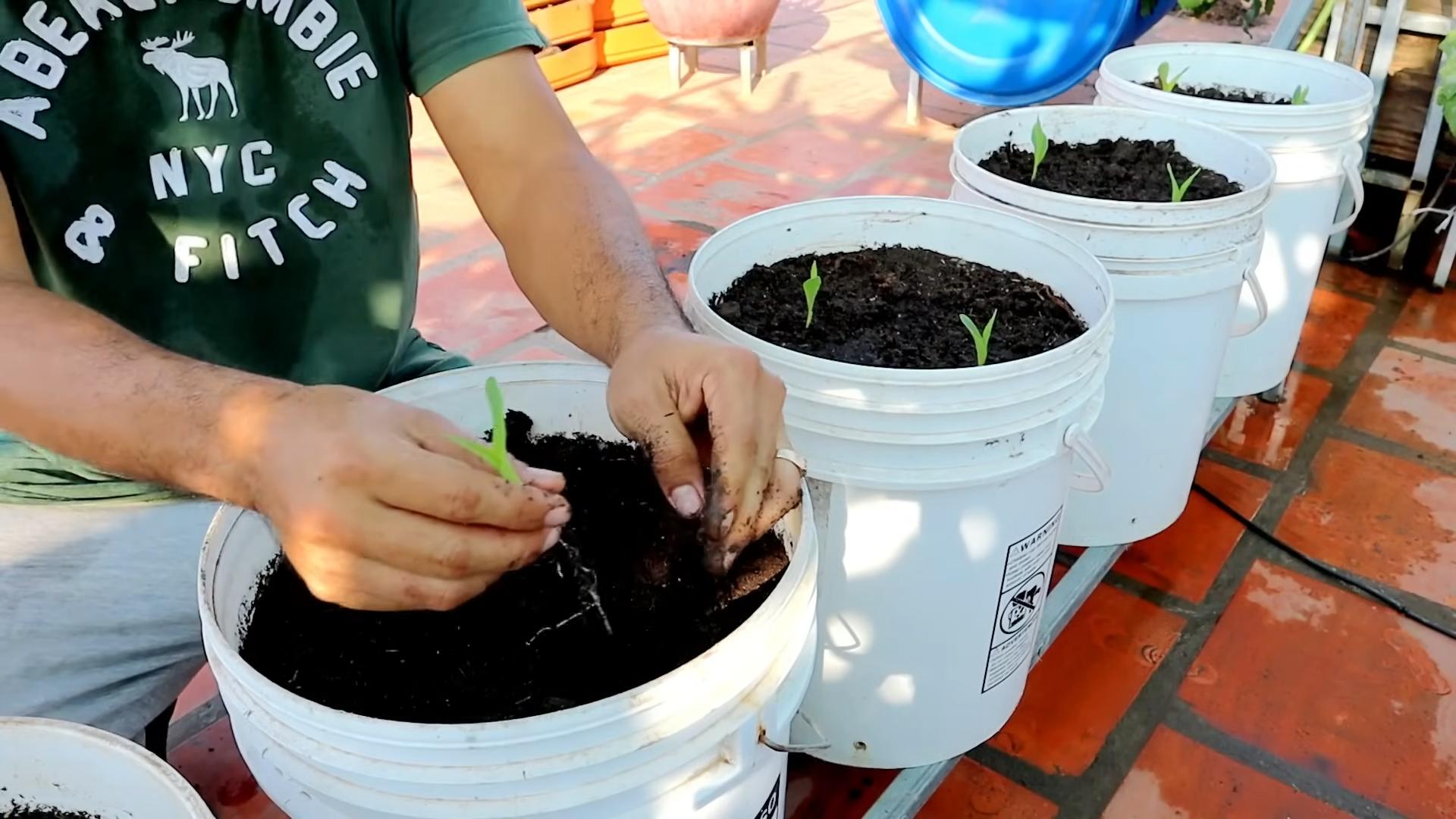
Conclusion
So, there you have it! Growing sweet corn in containers might seem like a challenge at first, but with the right approach, it’s entirely achievable and incredibly rewarding. Imagine stepping out onto your balcony or into your garden and harvesting your own fresh, juicy sweet corn – the taste is simply unparalleled. Forget the bland, mass-produced corn from the grocery store; this is about experiencing the vibrant, sweet flavor of homegrown goodness.
This DIY trick isn’t just about saving money (although that’s a definite perk!). It’s about connecting with nature, understanding the growing process, and enjoying the satisfaction of nurturing something from seed to table. It’s about bringing a little bit of the farm to your urban or suburban setting. And let’s be honest, there’s something undeniably cool about showing off your container-grown corn to friends and family.
But why is this a must-try? Because it opens up the possibility of enjoying fresh sweet corn, even if you don’t have a sprawling backyard. It’s a fantastic project for beginner gardeners, a fun activity for kids, and a sustainable way to supplement your diet. Plus, it’s a great conversation starter!
Variations and Suggestions:
* Experiment with different varieties: While ‘Early Sunglow’ and ‘Honey Select’ are popular choices for containers, don’t be afraid to try other dwarf or short-season varieties. See what thrives best in your specific climate and container setup.
* Companion planting: Consider planting companion plants like beans or squash in the same container. These plants can help improve soil health and deter pests. Marigolds are also a great addition for pest control.
* Succession planting: Plant new seeds every few weeks to ensure a continuous harvest throughout the growing season. This way, you’ll always have fresh sweet corn on hand.
* Get creative with your containers: While large plastic pots are ideal, you can also use repurposed containers like large buckets or even old bathtubs (with proper drainage, of course!).
* Fertilizer adjustments: Pay close attention to your corn’s growth. If the leaves are pale green or yellow, it may need more nitrogen. Adjust your fertilizer accordingly.
* Pollination assistance: If you’re growing corn in a location with limited wind or bee activity, you may need to hand-pollinate the tassels. Simply shake the tassels over the silks to distribute the pollen.
We truly believe that anyone can successfully grow sweet corn in containers with a little patience and attention. So, we encourage you to give it a try! Don’t be intimidated by the process; it’s all about learning and experimenting.
And most importantly, we want to hear about your experience! Share your photos, tips, and challenges in the comments below. Let’s create a community of container corn growers and learn from each other. What variety did you choose? What challenges did you face? What successes did you celebrate? Your insights can help others embark on their own container corn-growing journey. Happy gardening!
FAQ
Here are some frequently asked questions to help you on your journey to growing sweet corn in containers:
What is the best size container for growing sweet corn?
The ideal container size for growing sweet corn is at least 12 inches in diameter and 12 inches deep, but larger is always better. A 15-20 gallon container is a good starting point. Remember that sweet corn needs room for its roots to develop properly. The larger the container, the more stable the plant will be, especially when the ears of corn start to develop. Using a container that is too small can lead to stunted growth and reduced yields. Also, ensure the container has adequate drainage holes to prevent waterlogging, which can lead to root rot.
How many sweet corn plants can I grow in one container?
It’s generally recommended to plant 3-4 sweet corn plants per 15-20 gallon container. Sweet corn relies on wind pollination, so planting multiple plants close together increases the chances of successful pollination and ear development. However, avoid overcrowding the container, as this can lead to competition for nutrients and water. If you notice that your plants are struggling, you may need to thin them out.
What type of soil is best for growing sweet corn in containers?
Sweet corn thrives in well-draining, nutrient-rich soil. A good potting mix specifically formulated for vegetables is an excellent choice. You can also create your own mix by combining equal parts of compost, peat moss (or coconut coir), and perlite or vermiculite. Compost provides essential nutrients, peat moss or coconut coir helps retain moisture, and perlite or vermiculite improves drainage. Avoid using garden soil in containers, as it can become compacted and doesn’t drain well.
How often should I water my container-grown sweet corn?
Sweet corn needs consistent moisture, especially during germination and ear development. Water deeply whenever the top inch of soil feels dry to the touch. This may mean watering daily, especially during hot, dry weather. Avoid overwatering, as this can lead to root rot. A good rule of thumb is to water thoroughly until water drains out of the bottom of the container. Mulching around the base of the plants can help retain moisture and reduce the need for frequent watering.
What kind of fertilizer should I use for sweet corn in containers?
Sweet corn is a heavy feeder and requires regular fertilization. Use a balanced fertilizer (e.g., 10-10-10) at planting time and then side-dress with a nitrogen-rich fertilizer (e.g., ammonium nitrate or urea) when the plants are about 12 inches tall and again when the tassels appear. Follow the instructions on the fertilizer package carefully. You can also use organic fertilizers like compost tea or fish emulsion. Regular fertilization is crucial for healthy growth and good ear development.
How do I ensure proper pollination of my container-grown sweet corn?
Sweet corn relies on wind pollination, so it’s important to ensure that the pollen from the tassels reaches the silks of the developing ears. If you’re growing corn in a sheltered location with limited wind, you may need to hand-pollinate. To do this, gently shake the tassels over the silks to distribute the pollen. You can also collect pollen from the tassels with a small brush and then brush it onto the silks. Repeat this process every day for a week or so, especially during the morning hours when the pollen is most viable.
How do I know when my sweet corn is ready to harvest?
Sweet corn is typically ready to harvest about 20-25 days after the silks appear. The silks should be brown and dry, but still slightly moist. The kernels should be plump and milky when pierced with a fingernail. To test for ripeness, peel back a portion of the husk and puncture a kernel with your fingernail. If the liquid is milky, the corn is ready to harvest. If the liquid is clear, it needs more time. If the liquid is doughy, it’s overripe.
What are some common pests and diseases that affect sweet corn, and how can I prevent them?
Common pests of sweet corn include corn earworms, aphids, and spider mites. Diseases include corn smut and rust. To prevent these problems, practice good garden hygiene, such as removing weeds and debris around the plants. You can also use organic pest control methods like insecticidal soap or neem oil. Companion planting with marigolds can also help deter pests. Choose disease-resistant varieties of sweet corn whenever possible. Regularly inspect your plants for signs of pests or diseases and take action promptly.
Can I grow sweet corn in containers indoors?
While it’s possible to grow sweet corn indoors, it’s challenging due to the plant’s need for strong sunlight and wind pollination. If you want to try growing sweet corn indoors, you’ll need to provide at least 6-8 hours of direct sunlight per day, or supplement with grow lights. You’ll also need to hand-pollinate the plants regularly. Indoor growing is generally less successful than outdoor container gardening for sweet corn.
What are some good companion plants for sweet corn in containers?
Good companion plants for sweet corn include beans, squash, and marigolds. Beans help fix nitrogen in the soil, which benefits the corn. Squash provides ground cover, which helps retain moisture and suppress weeds. Marigolds deter pests like nematodes and aphids. Avoid planting tomatoes or brassicas (e.g., cabbage, broccoli) near sweet corn, as they can compete for nutrients or attract pests.


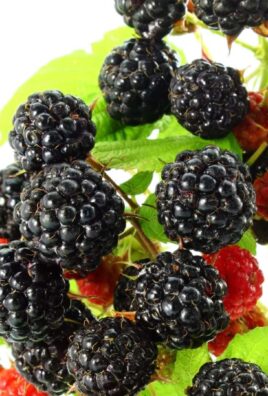
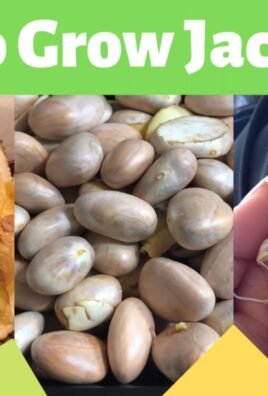
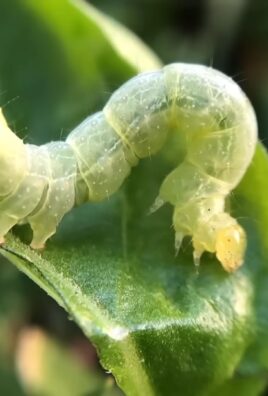
Leave a Comment